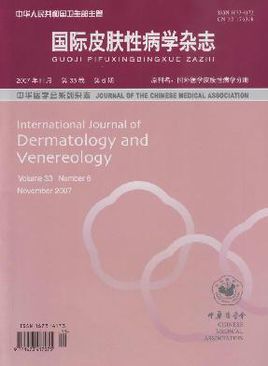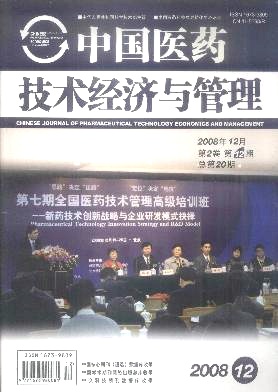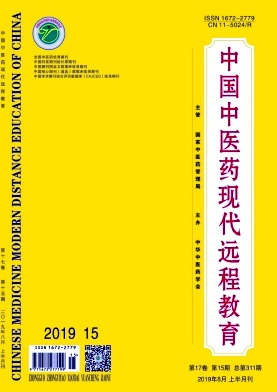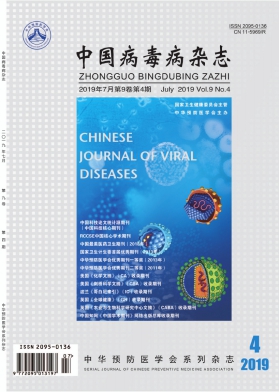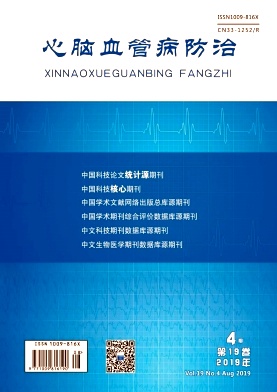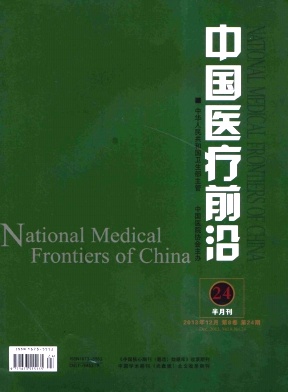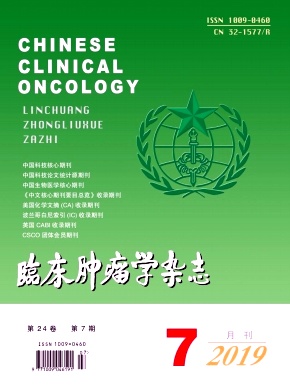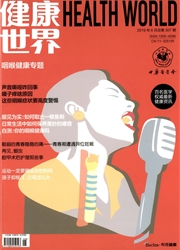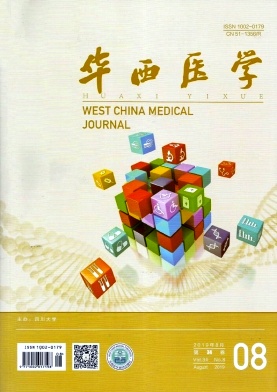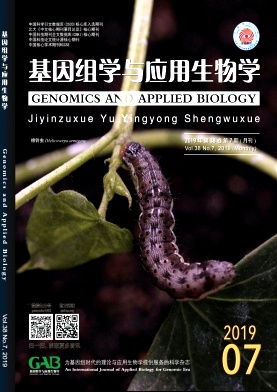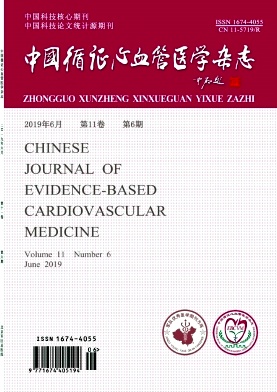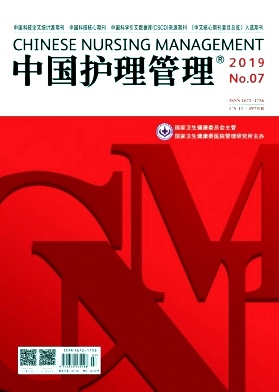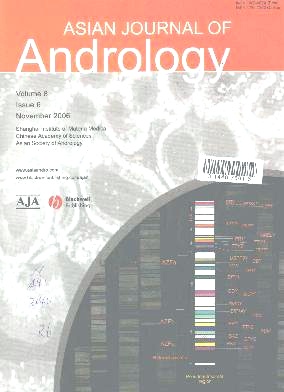
- 影响因子:0.818
- 出版文献量:278
- 总下载次数:
- 总被引次数:1173
Asian Journal of Andrology
统计源期刊Asian Journal of Andrology
Asian Journal of Andrology杂志由中国科学院主管、中国教育学会;中科院上海药物研究所; 主办的医药卫生综合统计源期刊,双月刊,该刊创办于1999年,审稿周期最快1-3个月。
- 主管单位:中国科学院
- 学科:医药卫生科技
- 专业:医药卫生综合
- 主办单位:中科院上海药物研究所;
- 出版周期:双月刊
- 出版地区:上海
- 国际刊号ISSN:1008-682X
- 语言:英语
- 出版社:院校类
- 国内刊号CN:31-1795/R
- 创刊:1999
- 曾用名:Asian Journal of Andrology
- 邮发代号:4-648
- 邮编:200031
该刊被以下数据库收录:
-
1
沟通需求
-
2
确认期刊
-
3
支付定金
-
4
完成服务
-
5
支付尾款
《Asian Journal of Andrology》是由中国科学院上海药物研究所和上海交通大学共同主办的全英文学术期刊。 《Asian Journal of Andrology》曾连续被评为华东地区优秀期刊、2012年被评为中国最具国际影响力期刊。 《Asian Journal of Andrology》在2000年11月入选SCI,2002年首次SCI影响因子为0.827,2003-2006年逐步上升到1.737,在国际同类男科学杂志中连续5年位居第三,在国内入选SCI的70多份期刊中位居第四。从临床医学角度来考察,AJA的影响因子也连续5年排在全国临床医学杂志的第一位。 《Asian Journal of Andrology》主编由亚洲男科学会主席、中华医学会生殖医学分会主任委员,上海交通大学校长顾问王一飞教授担任。编委会由来自几十个国家的109名国际知名专家组成(其中80%以上为国外专家),包括国际男科学会前任主席、现任主席、亚洲14个国家和地区男科学会或泌尿科学会主席、WHO官员等知名专家。此外,已建立了一支由几千位同行专家组建的审稿队伍。 《Asian Journal of Andrology》的办刊宗旨是立足亚洲、面向全球,为亚洲和世界各国男科学者提供发表论著的园地,推动学术交流、促进男科学研究。刊物内容涵盖天下一半人口--男人的健康问题。具体包括男性生殖生理、生殖保健、性功能、不育症、生育调节、生殖系统疾病、传统医学、伦理学等各方面的基础、临床和流行病学研究。
Editorial policy
A manuscript will be considered for publication on the understanding that all authors have agreed to its submission, and that if accepted will not be published in the same or similar form elsewhere in any language without the consent of AJA.
The editors reserve the right to reject manuscripts without review because either the content is not appropriate for the Journal or the work does not represent a sufficient advance in knowledge to gain high enough priority for publication in the Journal. Such rejections must be approved by the Editor-in-chief, and are intended to avoid unnecessary work for reviewers, as well as to provide authors the opportunity of seeking more appropriate publishing options as soon as possible.
Articles that are selected for peer review will be reviewed by two or more referees.
To avoid unnecessary delays in the review process, ensure that your manuscript is concise and conforms to the conventions and standards of AJA before submission, or it will be returned for revision.
Duplicate publication
Material submitted to AJA must be original and not have been published or submitted for publication elsewhere in any language in print or electronic media. Breaches or attempted breaches of this prohibition on duplicate publication may be considered and reported as research misconduct.
Authors submitting a manuscript to AJA should notify the Editor if part of their contribution has appeared or will appear elsewhere, or if any related material is under consideration or in press elsewhere. If an AJA submission re-uses a Figure that is published elsewhere or that is copyrighted, the author must provide AJA with documentation that the previous publisher or copyright holder has given permission for it to be re-published.
The AJA Editors consider all material in good faith, and assume that the journal has permission to publish every part of the submitted material, including illustrations.
Conflicts of interest
In the interests of transparency, and to help reviewers assess any potential bias, AJA requires authors of original research papers to declare any competing commercial interests in relation to the submitted work. (Referees are also asked to indicate any potential conflict they might have reviewing a particular paper.)
Additional information for the editors and the reviewers
Any cited manuscripts under review or accepted for publication, but not yet published elsewhere, should accompany the submission if they are relevant to its scientific assessment. Authors should also provide upon submission any kind of supplementary material that will aid the review process.
Preparation of manuscripts
In order for your work to contribute to the field of Andrology, the information obtained must be provided in a way that permits the reader to understand what was done and be able to reproduce it. To this end papers should be written in concise, plain English and contain sufficient detail to illustrate how the results were obtained.
Types of Articles
Original Articles
These are hypothesis-driven studies of high scientific quality of interest to the diverse readership of the journal. Manuscripts should include an abstract, and appropriate experimental details and convincing results to support the conclusions.
Original Articles should be of no more than 5000 words and include no more than six display items (Tables and Figures). The upper limit number for references is 50. Manuscripts should include the following sections, each starting a new page: Title, Abstract and keywords, text (Introduction, Materials and methods, Results, and Discussion), References, Tables (with captions) and Figures (with legends).
Reviews
Review Articles survey recent developments in a topical area of andrological research. They are mostly solicited by the Editorial Board, but AJA welcomes timely, unsolicited Review Articles. Authors with proposals for Reviews should present information of the proposed content to the editors for acceptance before submission. Reviews have a limit of 5000 words, including the Abstract but excluding References, Tables and Figures. The upper limit number for refernces is 150.
Systematic reviews (and meta-analyses whenever appropriate) are of interest. These select, assess and synthesize evidence relevant to well-defined questions about diagnosis, therapy and prognosis. Manuscripts reporting systematic reviews and meta-analyses should comply with PRISMA statements (Preferred Reporting Items for Systematic Reviews and Meta-Analyses1).
Opinions
Opinion pieces are usually invited by the Editorial Board. Unsolicited Opinion pieces may be accepted but should be approved by the Editor before submission. Opinions are stand-alone pieces and present an important and contemporary element of Andrology. They should highlight current problems with andrological care and identify potential solutions. They do not contain primary research data, although they may present ‘sociological’ data (funding trends, demographics, bibliographic data, scientific and social development, etc.). The main report is unstructured and should lead the reader from the concept to a conclusion.
They are limited to 1000 words (excluding References and Legends), two display items (Figures and Tables), 10 References but have no Abstract. In all other respects, the directions for full papers should be followed.
Experience and History
This new section is devoted to all aspects of the experience and history of medicine, health care and related sciences throughout the field of andrology, with the goal of broadening and deepening the understanding of andrology. Important people in today’s field, who have been there and experienced, witnessed or even contributed to the evolution of the remarkable creativity and revolutions that have benefitted this field, will be invited to recall their experiences and the related history at their time. Besides invitations, we also welcome submissions and proposals. The text is limited to 3000 words.
Commentaries
Commentaries, on current topics or papers published elsewhere in the issue, are solicited by the Editors; commentaries suggested by authors should not be submitted without prior approval. The editorial should include a link to the related manuscript with a phrase such as "Within this issue of Asian Journal of Andrology, Williams et al..." The Commentary should briefly review the findings, highlight good and bad points of the work, and set the place of this work within the scientific community. The most interesting Commentaries are opinionated but balanced.
The word limit is 1000 and 10 references are allowed. There should usually be a single author but up to three authors may be acceptable. The authors of the article commented upon are given the right of a brief (no more than 500 words) reply to most Commentaries.
Research Highlights
Research Highlights are published by AJA in order to provide a ‘digest’ of the best and most interesting primary research papers that are being published in the field of Andrology on all topics that relate to men’s health. These pieces are by invitation only and present short updates on any new progress in Andrology.
They should be no more than 1000 words and have a maximum of 10 references.
Clinician’s Workshop
This section will represent innovative clinical experiences and discussions of the application of new technology or techniques, in all disciplines of andrology, to a specific question relevant to the diagnosis or treatment of related clinical conditions, which do not fulfil the criteria for full research papers (e.g. short experimental reports limited by sample size or duration, novel hypotheses or commentaries). This feature covers the categories of 1) cutting-edge technology, 2) novel/modified and improved techniques or procedures and 3) outcome data derived from the use of 1 or 2.
Experimental details are not required, but a general outline of experimental methods, results and comments should be included. The text is limited to 1500 words, a maximum of three Tables and Figures (total), and up to 20 references. There should be no more than five authors. The article must begin with a brief summary of no more than 100 words.
Manuscripts should include the following sections:
* Title page
* Summary
* Technology/technique outline
* Comments
* References
* Figures (if applicable)
* Tables (if applicable)
Letters to the Editor
Letters to the Editor are considered for publication (subject to editing and abridgment), provided they do not contain material that has been submitted or published elsewhere. They do not contain an abstract or keywords, and the text need not be divided into sections. In all other respects, the directions for original articles should be followed.
The text, excluding References, Tables, Figures or Legends must not exceed 1000 words. No more than 10 references and either one Table or one Figure are allowed.
AJA considers three types of Letters to the Editor.
Case study letters, in which case studies from the clinic can be submitted.
Original research letters, in which reports of interesting preliminary or pilot study findings that do not fulfill the criteria for full research papers (e.g. short experimental reports limited by sample size or duration, novel hypotheses or commentaries) may be submitted. Experimental details are not required, but a general outline of experimental methods and results should be included.
Letters with Commentaries and Opinions, in which unsolicited opinions and commentaries on papers published in other journals, perspectives and opinions on Andrological care of unusual urgency, significance and interest, whose topics may be useful and informative to the scienti
综述 论著 临床经验 病例报告 综合医学 短篇快讯

投稿咨询
全流程跟踪审核进度,优化流程,处理售后。

期刊推荐
正规杂志,匹配度高、性价比高、成功率高。

进度管理
全流程跟踪审核进度,优化流程,处理售后。
-
请问你们是Asian Journal of Andrology杂志社吗?
我们并非Asian Journal of Andrology杂志社,而是一家专门从事杂志咨询和投稿咨询的服务机构。我们并非任何杂志的官方网站。如果您希望直接向杂志社投稿,请与相应的杂志社联系,中科院上海药物研究所; ,邮编:200031。
-
不成功可以退款吗?
我们始终在提供任何服务之前与客户进行详细的沟通与确认。如果由于我们未能在约定时间内完成与客户确定的服务,我们将全额退还客户已支付的费用。如果客户单方面中止订单,我们将无法提供退款。
-
着急用刊,速度能否更快一些?
在大多数情况下,我们的服务能够满足大部分用户的需求。然而,如果客户有特殊需求需要我们与杂志社进行紧急协调和安排,并且确定可以安排,我们将会收取一定的加急费用。建议您提前告知我们您的需求,以便我们能够更好地为您服务。
-
我可以跟踪进展情况吗?
当然,我们将通过短信或电话主动与您联系,向您汇报项目进展情况。您也可以随时拨打您的客服老师的电话,以及我们专门设立的投诉电话,以便及时反馈您的问题或意见。
-
害怕付款之后服务态度不好?
尽管我们的客服团队每天面临各种不同的需求和问题,但我们始终致力于尽我们最大的努力来满足您的需求。我们珍视每一次为您服务的机会,如果您对我们的服务或响应感到不满,我们深感抱歉。我们鼓励您随时提出问题或建议,我们将竭尽全力为您提供满意的解答和服务。
-
你们网站有什么保障?
随着各种网站和平台的不断涌现,骗子也日益增多。我们公司实体注册,实体办公,网站经过国家工信部备案,信息公开可查。我们制定了严格的信息安全管理制度,以确保在合作过程中客户信息的安全。我们只致力于提供高质量的服务。
